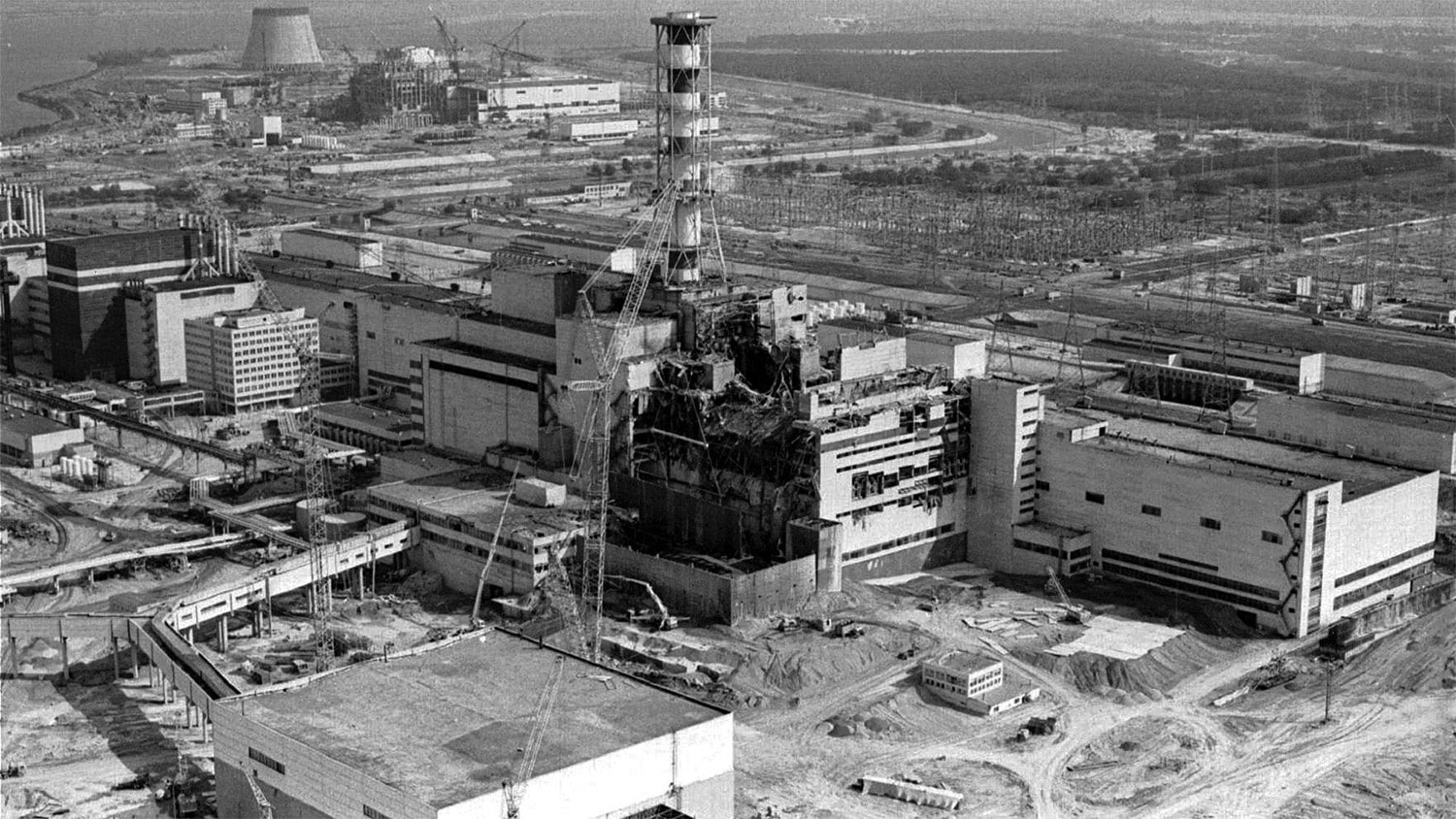
29 interesting facts about Chernobyl Disaster
- 👁️ 1260
The Chernobyl disaster, which occurred on April 26, 1986, at the Chernobyl Nuclear Power Plant in then Soviet Ukraine, stands as one of the most catastrophic nuclear accidents in history. The explosion and subsequent release of radioactive materials had far-reaching consequences on the environment, human health, and notably, the food supply in the surrounding areas and beyond. The contamination of agricultural lands and food products with radioactive isotopes posed significant challenges to food safety and agricultural practices. This event not only altered the lives of thousands but also had a lasting impact on how we understand and manage the risks associated with nuclear energy. Let’s explore some crucial and informative facts about the impact of the Chernobyl disaster on food and agriculture.
- Large quantities of radioactive materials were released into the atmosphere, contaminating land used for farming and grazing.
- Radioactive isotopes, particularly cesium-137 and iodine-131, were deposited on plants, soil, and water bodies, entering the food chain.
- Dairy products in affected areas became contaminated with iodine-131, posing immediate health risks due to its high radioactivity and short half-life.
- Consumption of contaminated milk and dairy products led to an increase in thyroid cancer cases among children in the affected regions.
- The Soviet government imposed bans on farming and livestock rearing in the most contaminated areas, severely impacting local food production.
- Wild game, berries, and mushrooms from contaminated forests were found to have high levels of radioactivity, even decades after the disaster.
- Agricultural practices in affected regions were altered, including the addition of potassium to the soil to reduce cesium-137 uptake by plants.
- Food import bans and restrictions were implemented by several countries on products from affected areas to prevent the spread of contamination.
- Long-term monitoring of food products from the affected regions was initiated to ensure they met safety standards before consumption.
- The disaster prompted a reevaluation of nuclear safety standards globally, including measures to protect food and water supplies from radioactive contamination.
- Contaminated food had to be destroyed or buried in deep pits to prevent it from entering the food supply.
- Fish from contaminated lakes and rivers showed elevated levels of radioactivity, affecting local fishing industries.
- Radioactive fallout from Chernobyl reached as far as Western Europe, contaminating pastures and leading to radioactive deposition in sheep meat.
- Governments and international organizations provided guidelines for decontaminating agricultural land and food products.
- The Chernobyl Exclusion Zone, an area severely contaminated by the disaster, remains largely uninhabited and off-limits for agricultural use.
- Some farmers in less affected areas were required to give their livestock feed additives to block the absorption of radioactive materials.
- Beekeeping in the vicinity of the Chernobyl site was impacted, with concerns about the safety of honey produced in the area.
- The incident highlighted the need for international cooperation in addressing food safety and agricultural issues following nuclear accidents.
- Researchers have studied the effects of the disaster on food webs and ecosystems to understand the long-term impacts of radioactive contamination.
- Certain crops showed a higher tolerance for radioactive contamination, offering potential pathways for agricultural rehabilitation in affected zones.
- The disaster influenced the development of food safety protocols for dealing with radioactive contamination worldwide.
- Livestock exposed to fallout required special care and monitoring before they could be deemed safe for consumption or breeding.
- The European Union established the European Community Urgent Radiological Information Exchange (ECURIE) system in response to the disaster, enhancing communication about radiological emergencies affecting food and agriculture.
- The disaster led to increased public awareness and concern about the safety of food production near nuclear facilities.
- Greenhouses and other controlled agricultural environments gained popularity in contaminated regions as methods to produce safe, uncontaminated food.
- The Chernobyl disaster served as a catalyst for studies on the bioaccumulation of radioactive isotopes in agricultural products and livestock.
- Remediation efforts in affected agricultural lands have included the removal of topsoil, deep plowing, and application of absorbent materials like zeolites.
- The disaster underscored the vulnerability of food systems to nuclear accidents and the importance of emergency preparedness in protecting public health.
- Ongoing research in the Chernobyl Exclusion Zone continues to provide valuable insights into the ecological and agricultural impacts of nuclear contamination.
The Chernobyl disaster had profound implications for food safety, agricultural practices, and environmental health, highlighting the extensive and long-lasting impact of nuclear accidents on the food supply. Efforts to mitigate the effects of the contamination and to ensure the safety of food products in the aftermath have led to significant advancements in our understanding of managing radioactive contamination. The disaster remains a somber reminder of the importance of nuclear safety and the need for vigilant monitoring and management of food and agriculture in potentially affected areas.











